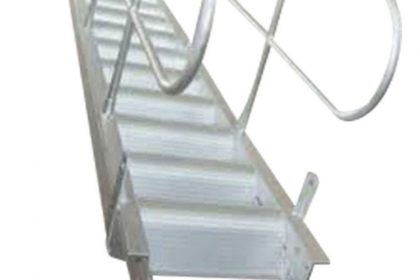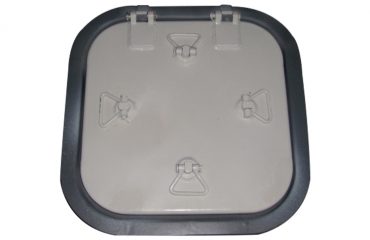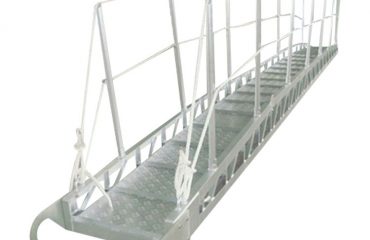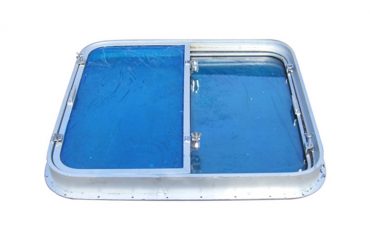

Ship ladders, also known as pilot ladders, are not required on all ships. However, they are mandatory on certain types of vessels in order to ensure the safe embarkation and disembarkation of pilots. Pilots are maritime professionals who board ships to provide navigational expertise when entering or leaving a port.
According to international maritime regulations outlined in the International Convention for the Safety of Life at Sea, all ships over 500 gross tonnage are required to have pilot ladders on board. These regulations are in place to prevent accidents and ensure the safety of pilots while boarding or disembarking from a ship.
Pilot ladders are specifically designed for pilots to climb up or down from their pilot boats to the deck of the ship. They are typically made of heavy-duty rope or wood and are equipped with steps, handrails, and spreaders to provide stability and support. The length of the pilot ladder is determined based on the freeboard height of the ship, which refers to the distance between the waterline and the deck.
In addition to pilot ladders, ships are also required to have designated embarkation/disembarkation points that are clear of obstructions and well-lit for visibility. These points must be easily accessible and equipped with safety equipment such as lifebuoys, life rafts, and emergency communication devices in case of an emergency.





